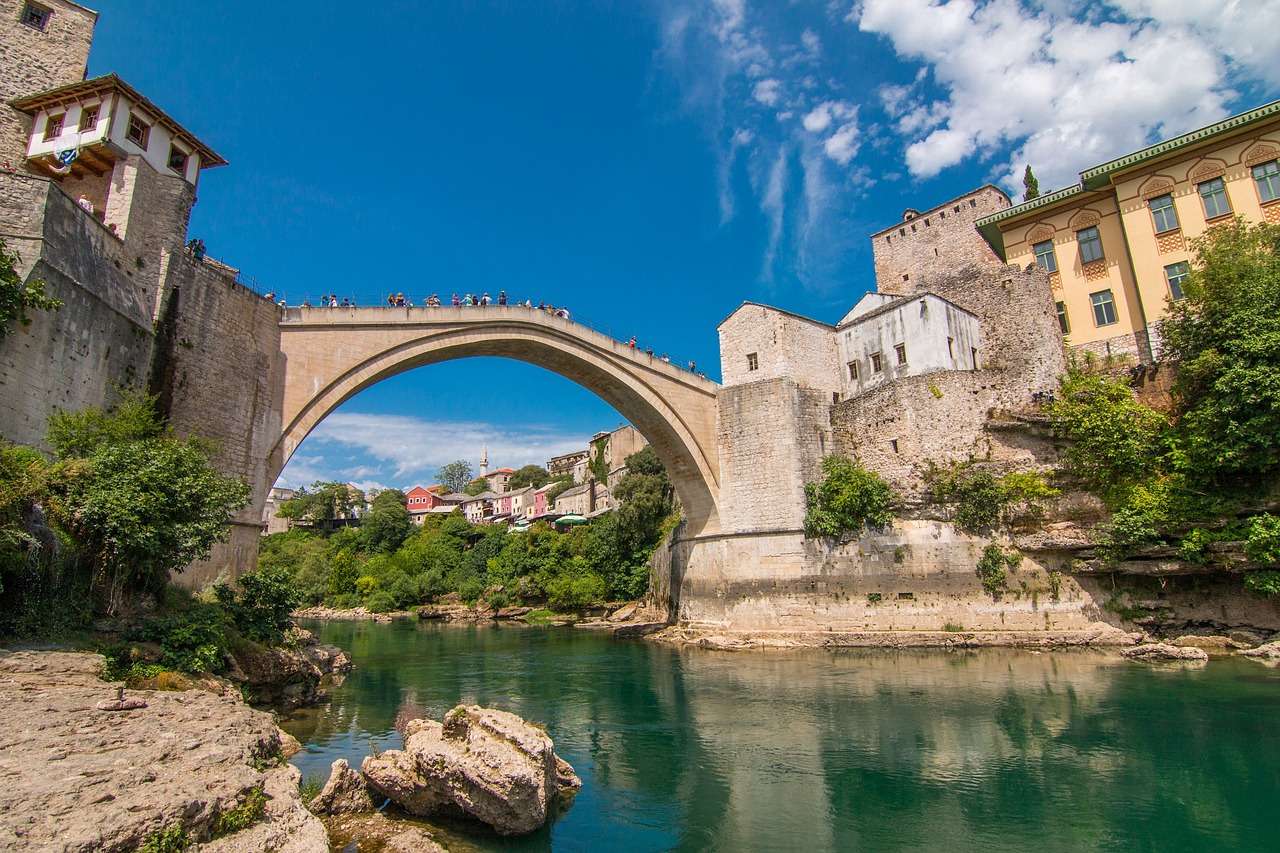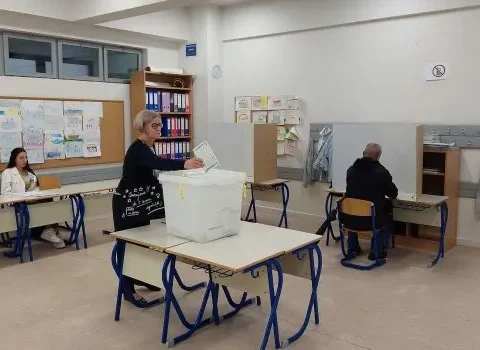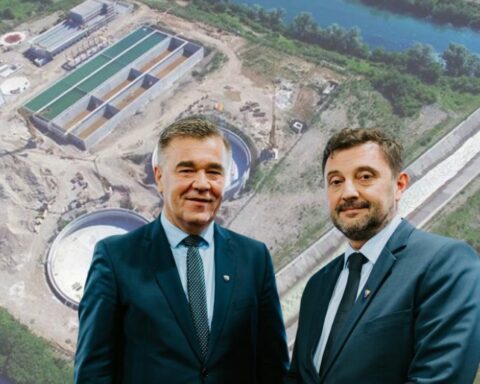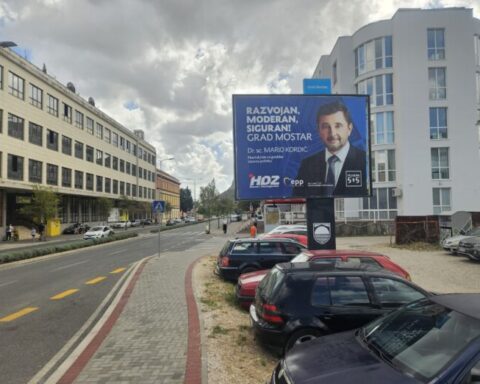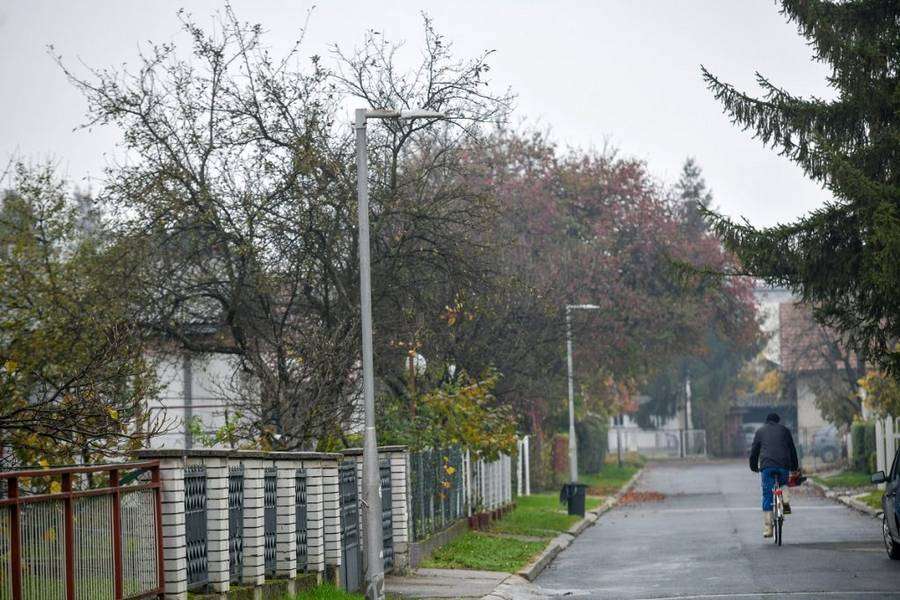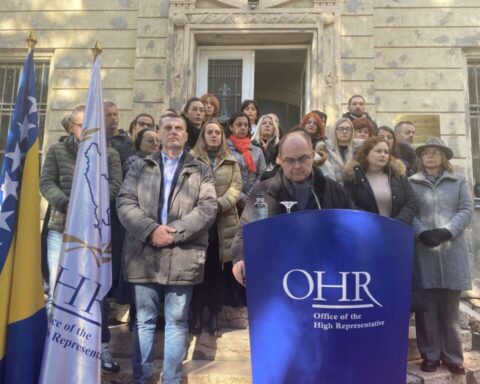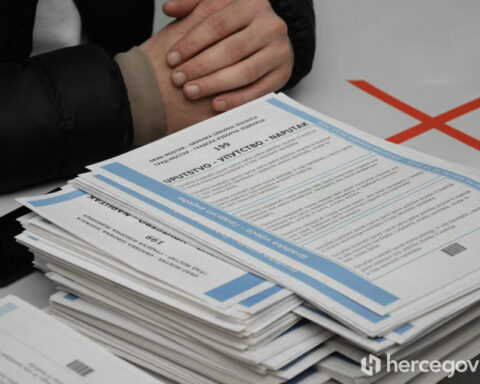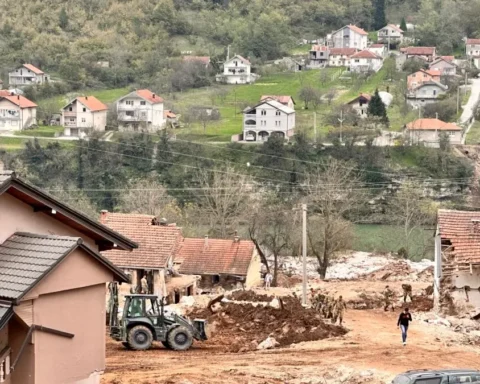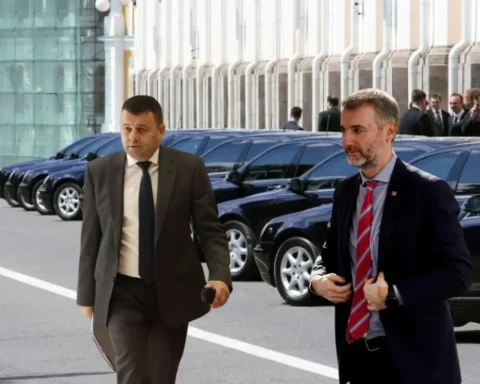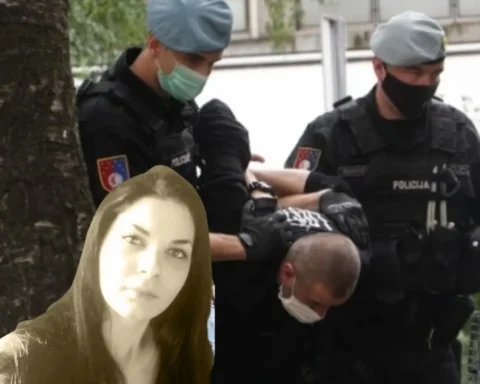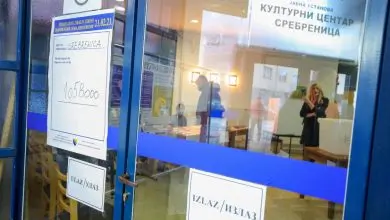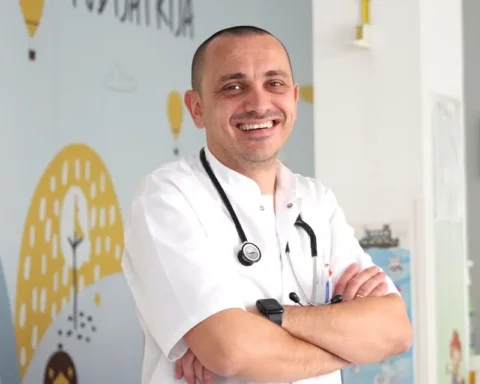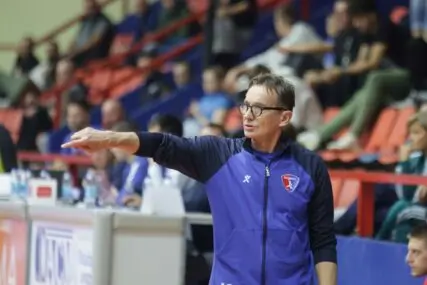Although the story of Mostar as a divided city is often heard, the citizens of Mostar do not perceive it that way. Their concerns are much more ordinary, relating to quality of life, like anywhere else in the world according to the results of the Everyday Peace Indicators research
The research was conducted within the framework of the project Mostar – Spaces to Activate and Rejuvenate, which is financially supported by the Government of the United Kingdom. The main implementer is the Czech non-profit organization People in Need with partners Everyday Peace Indicators (EPI), Youth Cultural Center Abrašević, Agency of Local Democracy Mostar and the Association Nešto više.
Despite plenty of money poured into the country for its post-war development, some of the most basic needs of everyday people are still lacking. The purpose of this research was to find out about local communities’ own perspectives on life in Mostar today. The goal was to identify indicators which would measure concretely the presence of very abstract concepts like ‘peace’ or ‘coexistence, which are typically used by outsiders to measure transition from war to peace.
– We wanted to identify what Mostarians themselves notice in their everyday lives that register as ‘peace’ or ‘life together’ for them – to listen to their day-to-day concerns. After almost 30 years postwar, they actually live with the results of the international interventions and other initiatives to restore security, peace and unity to the city – EPI points out.
With an approach that prioritizes the voices and experiences of “ordinary people”, local researchers and other EPI staff used a rigorous method to determine seven neighbourhoods’ (mjesne zajednice) priorities, in order to guide the project and support its evaluation.
Some participants Mostar found the question of ‘peace’ provocative, so many decades after war. However, through sharing about everyday life, they talked about much more than peace as a lack of war. EPI found that everyday peace also includes ‘ordinary’, fundamental aspects of wellbeing for Mostarians.
7 Local Communities
The research, done over three months, included the local communities of Bijeli Brijeg, Cernica, Podhum, Blagaj, Cim, Zalik, and Potoci. Center and perifery, urban, peri-urban and rural, the communities were located in north, west, east and south, including mostly homogeneous neighbourhoods and those with mixed national demographics. EPI organized focus groups with women, men and youth (aged 12-25) followed by rigorous checking and then voting on the indicators that the focus groups had identified, to determine the most important ones for each community.
EPI sought to identify: How do citizens internally, and often unconsciously, gauge whether there is peace or life together in their specific surroundings? Does “peace” mean only that there is no shooting or shelling, or does it mean that a mother feels comfortable sending her child to walk to school alone every day? And does life in Mostar seem shared or is it lacking a park where kids play together or a café where neighbors have coffee together?
Quite quickly EPI noticed that Mostar’s residents have a different narrative than what the media highlights. Some everyday indicators were as follows:
There is peace when the circle park in the Boulevard neighbourhood is lit at night. Peace is when someone’s name is not important, but their worth as a person. Life together means that the citizens of Mostar feel welcome in every part of the city. Life together is when people greet each other with a smile on their faces.
“It is quite a different story than what the news generally reports, highlighting division and conflict. The citizens made clear what is really important to them – daily encounters and conditions,” reflects EPI.
What is the priority for the people of Mostar?
Taken together, these communities see the following topics as most important: health, public space, integration & acceptance, infrastructure, youth, sports, and security. However, each community had its own specific priorities, as did each group (youth, women and men).
Life together in Bijeli Brijeg, was noted by the way young people gather without prior arrangements at Nina’s (a local café). Blagaj residents said their shared life would be richer if jobs were not obtained through personal connections. A building’s façade needing repair was overwhelmingly voted as most important hindrance to life together in Cernica, whereas in Cim, people caring for the Basilica ruins would be a key indicator. Podhum residents prioritized as their measure of life together when “A girl doesn’t have to be someone’s mistress to get a job in Mostar”. For Potoci residents, a pool is lacking. Zalik locals see life together demonstrated when people raise money for someone who got Leukemia.
A common priority for life together according to youth, women and men was integration and acceptance. “People in Mostar no longer consider those who are different (e.g. people with Down syndrome or diabetes) as sick” was a sign for participants in Bijeli Brijeg and for Cim residents that “all citizens in Mostar are Mostarians.”
Youth
Youth in these seven Mostar communities opposed the separation we often hear about: “Parents do not instill hatred in their children by banning them from socializing with children from other nations.” They also wanted more of a role and voice for themselves as the younger generation (“The youth advocate for the community”). They were less bothered by graffiti and more interested in places to gather: sports halls, football fields, cafes and the mall. Young people in Potoci wanted simply a local place to eat pancakes with friends.
Adults
Taken all together, both women and men across the seven communities considered infrastructure to be the top issue in Mostar with regard to peace and life together. Potoci voters (especially women) pointed to the presence of an irrigation system to facilitate their agriculture. In Cim, men especially noted the paving of an intersection, Srmrčenjaci, as a sign of peace in their part of town. In Podhum, they pointed out that the sewage system should not be clogged every time it rains heavily. And in Zalik, both male and female voters highlighted the insufficiency of the local clinic, desiring either an expansion or a new one altogether. Bijeli Brijeg locals called for more parking.
Ordinary but important concerns
Listening to people in their neighbourhoods, EPI saw that the local indicators that reflect the idea of peace and life together are much simpler than what the news claims. Quality of life is clearly the most everyday issue, whether that is a functioning utility service, good relations with nature and neighbours or sufficient health care. These conversations served as a megaphone for ordinary citizens of Mostar whose voices are often absent in discussions about their city.
While the Mostar project, Prostori koji pokreću, can of course not meet all the needs of these communities or Mostar’s as a whole, EPI’s results help shape those the project’s interventions. EPI’s gatherings of citizens was just the beginning. In many focus groups participants commented on how useful, if unusual, it was for them to gather with the goal of discussing their common concerns and ideas for how to solve them. As EPI showed, community needs don’t require magic to be fulfilled, but rather, inclusion— at every level.

